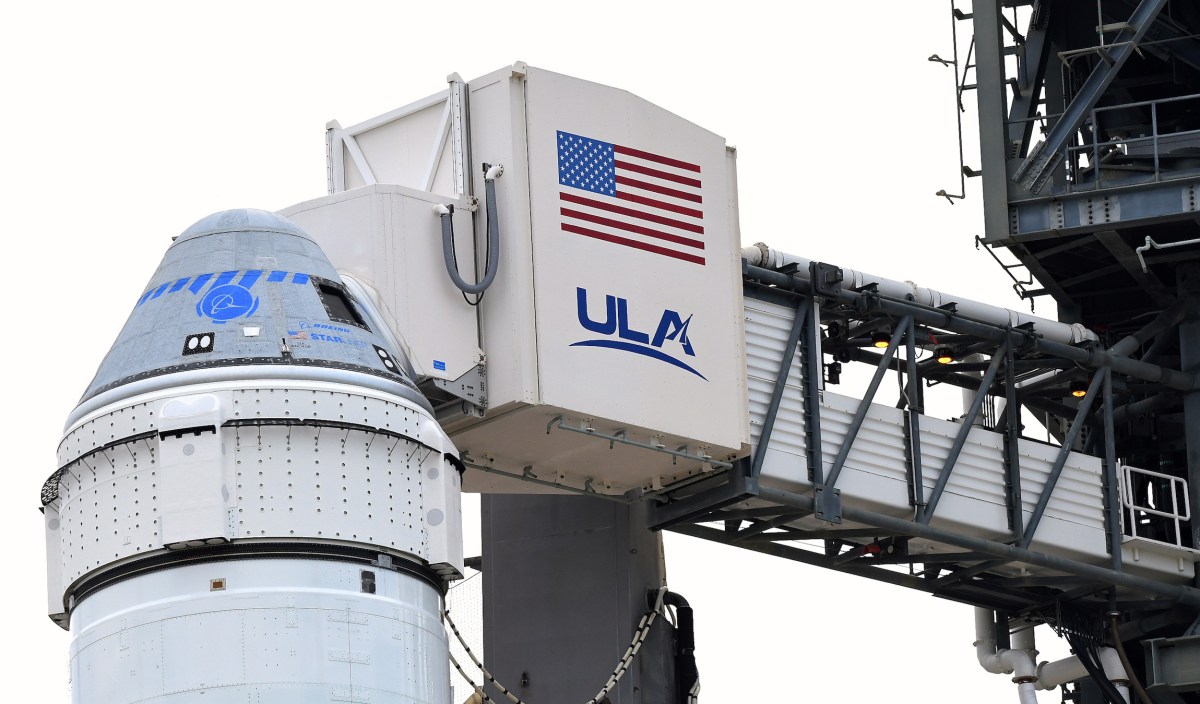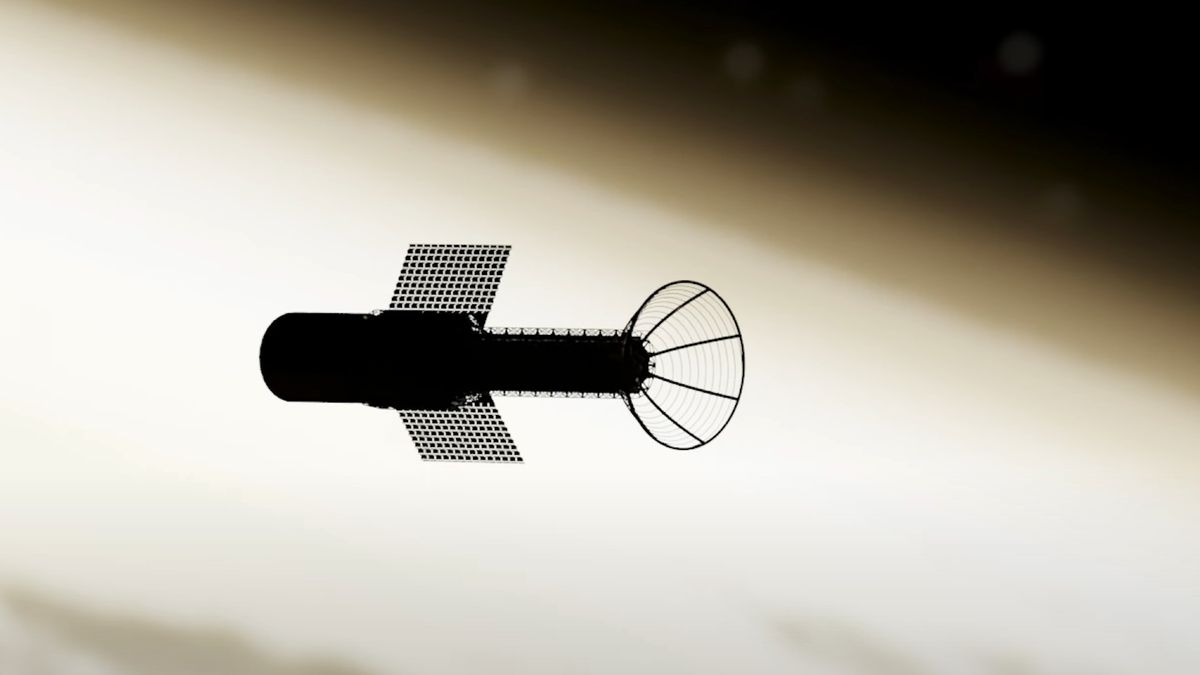Get the latest tech news
NASA’s Psyche mission fires up its futuristic electric engines
A plasma-powered push persistently propels Psyche.
It’s expected to reach its target and namesake, the Psyche asteroid, by 2029 and will orbit it for two years, observing and sending data back to NASA. NASA first used ion propulsion as a spacecraft’s main propulsion for 1998’s Deep Space 1, a mission specifically conducted to test “various advanced technologies for future interplanetary missions.” In 2007, Dawn became NASA’s “first exclusively science-focused” mission to use ion thrusters, flying until it ran out of hydrazine, the fuel it used for its orientation thrusters. Thrusters like Psyche’s are generally useful because the lack of moving parts makes them durable, and they use less fuel, so they’re lighter and can be used on smaller spacecraft.
Or read this on The Verge

